1. Mow Regularly, and Avoid Scalping Your Lawn
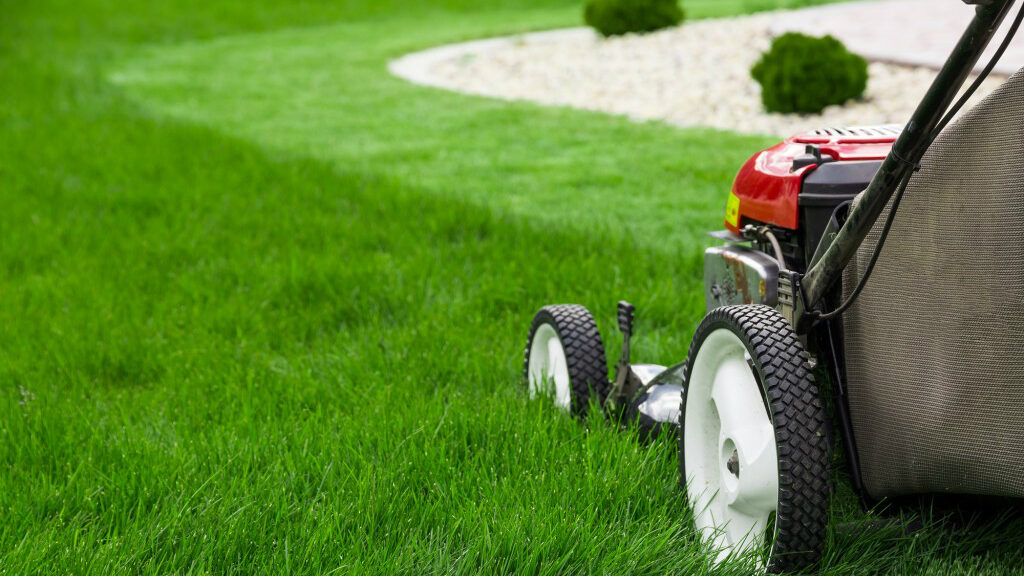
Regular mowing is the cornerstone of good lawn maintenance. Letting your grass grow too long not only makes your property look neglected but can also lead to issues such as pest infestations, weed proliferation, and uneven nutrient distribution. However, cutting the grass too short—commonly referred to as “scalping”—can weaken its root system, leaving it vulnerable to drought and disease. This can result in patchy, unhealthy grass that takes significant effort to restore.
According to Better Homes & Gardens, it’s best to follow the “one-third rule”: never cut more than one-third of the grass blade’s length in a single mow. For most common grasses, this means keeping the height between 2.5 and 4 inches, depending on the type of grass and the season. By sticking to a consistent mowing schedule and avoiding scalping, you’ll keep your lawn lush and vibrant while making it more resistant to weeds and environmental stressors.
2. Invest Time in Edging for a Professional Finish
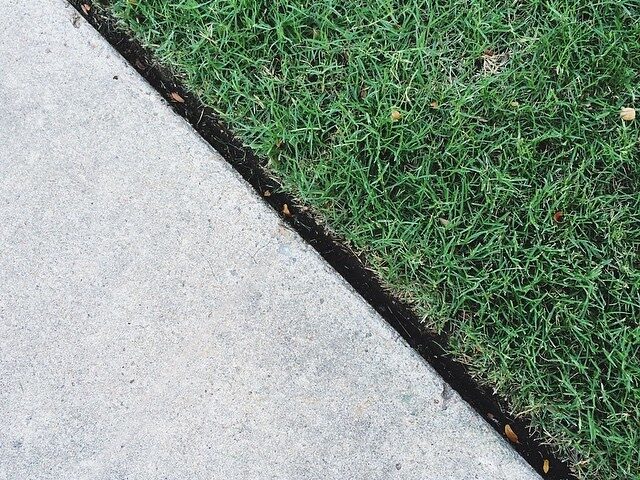
A well-manicured lawn isn’t just about even grass—it’s also about clean edges that separate your lawn from sidewalks, driveways, and garden beds. Skipping this step can make even a freshly mowed lawn look untidy, as grass tends to creep into hardscape areas, creating a chaotic appearance. Edging creates a clear boundary, adding definition and structure to your landscaping.
As highlighted by The Spruce, edging should be done after mowing to ensure a neat, uniform look. Tools like a manual edger, string trimmer, or motorized edging equipment can make the process easier and more precise. Edging also has practical benefits—it reduces the spread of weeds into walkways and flower beds, saving you time and effort in the long run. Aim to edge your lawn every two to three mowings to maintain a polished appearance.
3. Water Early in the Morning, Not in the Afternoon
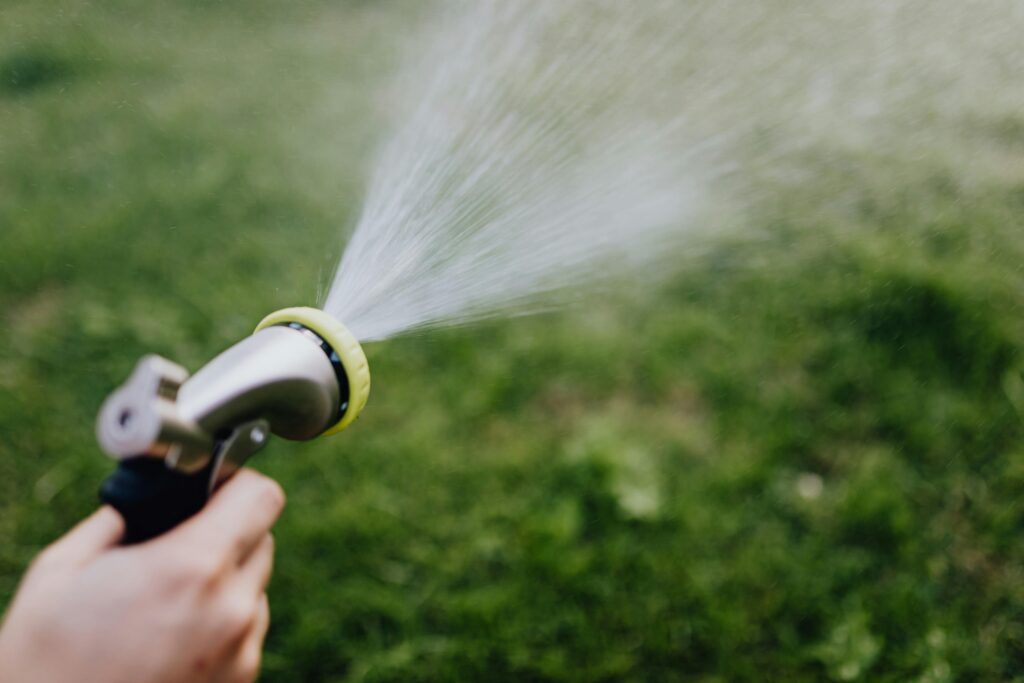
Watering your lawn might seem like a simple task, but doing it at the wrong time of day can have unintended consequences. Many homeowners water in the afternoon, thinking it’s convenient, but this causes significant water loss due to evaporation, especially during hot summer months. Additionally, watering late in the evening can leave the grass wet overnight, creating a perfect environment for fungal diseases to develop.
According to The Lawn Institute, the best time to water your lawn is early in the morning, ideally between 5 a.m. and 9 a.m. Watering during these hours minimizes evaporation and allows the grass to absorb moisture before the heat of the day. It’s also important to water deeply rather than frequently—most lawns require about 1 inch of water per week, which can be measured with a rain gauge. Deep watering encourages roots to grow deeper, resulting in a stronger and more drought-resistant lawn.
4. Be Mindful of Grass Clippings—Don’t Let Them Blow Onto the Street

After mowing, it’s essential to manage your grass clippings properly. While leaving clippings on your lawn can provide valuable nutrients as they decompose, letting them blow into the street or onto your neighbor’s property is not only inconsiderate but can also clog storm drains, contributing to localized flooding. Some communities have ordinances against leaving yard waste in the street, and violating these rules could result in fines.
According to Popular Mechanics, using a mulching mower is an excellent way to recycle grass clippings without creating a mess. If you prefer bagging them, consider composting the clippings for use in your garden. Always ensure your sidewalks and driveways are clear after mowing to maintain a tidy and neighbor-friendly appearance.
5. Control Weeds Before They Take Over

Weeds are the bane of any homeowner’s lawn care routine, and ignoring them can quickly turn a pristine yard into an overgrown mess. Weeds compete with grass for sunlight, water, and nutrients, often spreading rapidly if left unchecked. Beyond aesthetics, they can weaken your lawn and make it more susceptible to pests and disease.
As explained by This Old House, the key to effective weed control is consistency and prevention. Applying pre-emergent herbicides in the early spring can stop weed seeds from germinating, while spot-treating visible weeds with post-emergent products can keep them from spreading. A healthy, dense lawn is the best defense against weeds, so focus on proper fertilization, mowing, and watering to crowd out these unwelcome invaders.
6. Fertilize Strategically and Avoid Overdoing It

Fertilizing your lawn is essential for keeping it healthy and vibrant, but using too much fertilizer—or applying it at the wrong time—can do more harm than good. Over-fertilizing can lead to excessive growth, requiring more frequent mowing, and may cause chemical burns to the grass, leaving unsightly brown patches. Additionally, runoff from over-fertilized lawns can pollute nearby waterways, harming aquatic ecosystems.
According to The University of Minnesota Extension, the best approach is to fertilize strategically, based on your grass type, soil quality, and local climate. Cool-season grasses like Kentucky bluegrass benefit from fertilization in the fall, while warm-season grasses thrive with applications in late spring or early summer. Use a slow-release fertilizer to provide nutrients gradually and avoid fertilizing before heavy rain, which can wash the chemicals away. With proper application, you’ll keep your lawn lush without risking environmental damage or unnecessary expenses.
7. Trim Overgrown Bushes and Trees Regularly
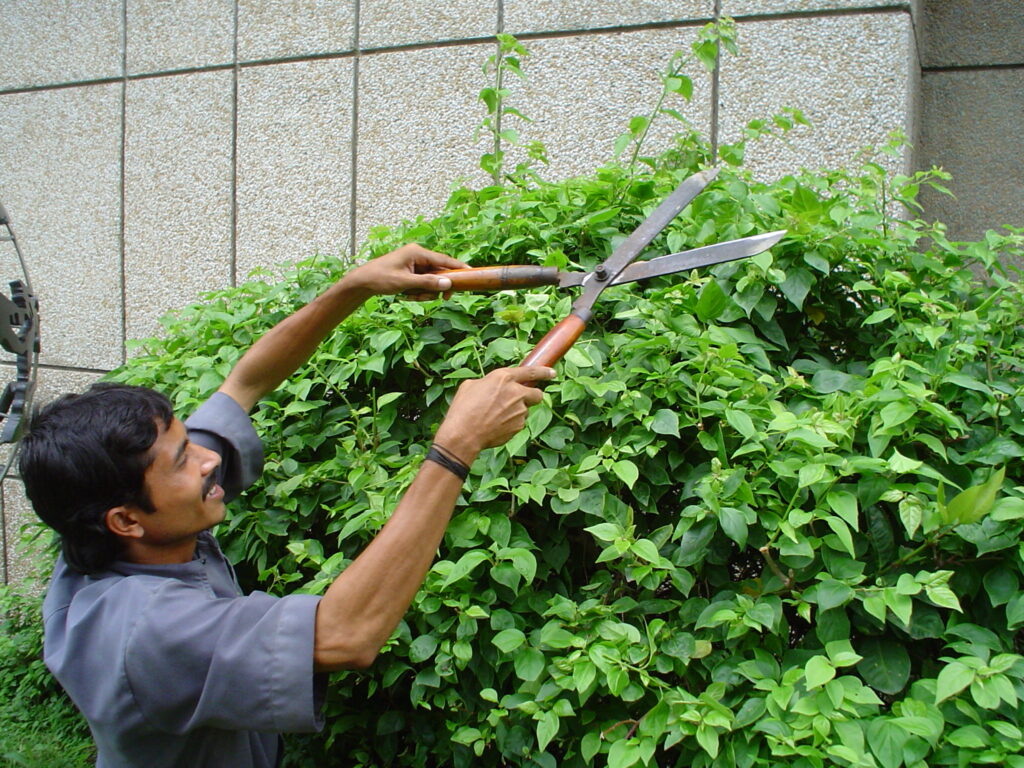
While your lawn is a focal point, neglecting the surrounding landscaping—such as bushes and trees—can detract from your property’s overall appearance. Overgrown shrubs and low-hanging tree branches can create a sense of disorder, block sunlight from reaching the grass, and even pose safety hazards. Untrimmed greenery may also encroach on walkways or driveways, inconveniencing visitors and neighbors.
As noted by The Spruce, regular pruning not only enhances the aesthetic appeal of your property but also promotes the health of your plants. For shrubs, trim back excess growth to maintain a balanced shape, and for trees, focus on removing dead or damaged branches. Seasonal pruning—done in late winter or early spring—ensures your plants have time to recover and grow properly. Keeping your landscaping neat complements a well-maintained lawn and boosts your home’s curb appeal.
8. Keep Your Sidewalks and Driveway Weed-Free

Cracks in sidewalks, driveways, and other hardscapes are prime spots for weeds to grow, and ignoring them can make your property look neglected. Weeds in these areas not only create an unkempt appearance but can also cause further damage to concrete or asphalt by widening cracks over time. Regular maintenance is key to preventing these issues and keeping your property looking polished.
According to Family Handyman, the best way to tackle hardscape weeds is by using a combination of methods. Applying weed killers designed for cracks, sealing gaps to prevent new growth, and regularly sweeping debris can all help. For an eco-friendly alternative, boiling water or a mixture of vinegar and dish soap can effectively kill weeds without harsh chemicals. Staying proactive about weed control will save you time and money in the long run.
9. Respect Property Lines When Landscaping

One of the unspoken rules of good neighborly relationships is respecting property lines when planning and maintaining your landscaping. Planting trees, shrubs, or large flowerbeds too close to your neighbor’s property can lead to disputes if roots or branches begin encroaching on their space. Overhanging branches may drop leaves or debris into their yard, while invasive roots can damage fences, driveways, or underground pipes.
As highlighted by FindLaw, property disputes over landscaping are common, and understanding local laws regarding boundary lines can help you avoid conflict. Before planting anything near the edge of your property, consider how it will grow over time and whether it could impact your neighbors. Keeping clear communication with adjacent homeowners and trimming back encroaching plants regularly is crucial for maintaining harmony.
10. Maintain a Clean and Tidy Appearance Year-Round
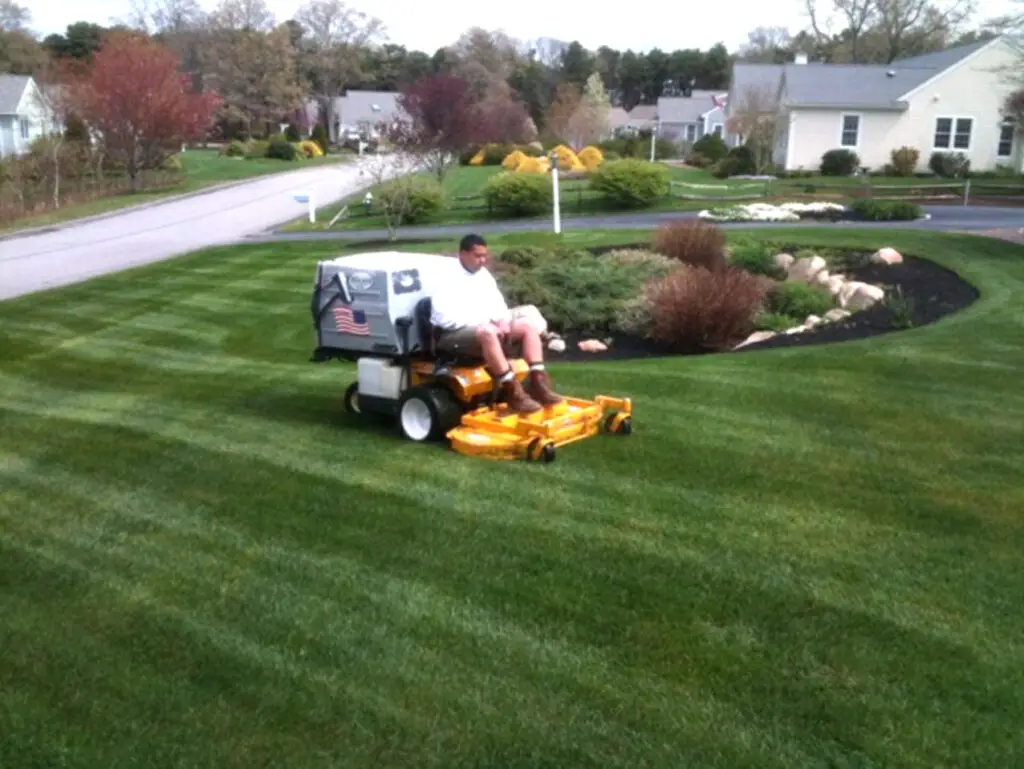
While seasonal changes bring natural fluctuations to your property’s appearance, it’s important to maintain a clean and tidy lawn throughout the year. Fallen leaves in the fall, leftover snow piles in the winter, or uncollected debris after storms can make your property look neglected. Consistent upkeep ensures that your lawn remains appealing no matter the season.
According to Bob Vila, simple practices like raking leaves in the fall, aerating the soil in spring, and cleaning up after severe weather can go a long way toward keeping your property in great shape. Seasonal maintenance also prevents larger problems, such as mold growth under piles of wet leaves or compacted soil that stifles grass growth. Staying proactive ensures your lawn looks its best year-round.
11. Compost Yard Waste Responsibly

Composting is an excellent way to recycle grass clippings, leaves, and other yard waste while creating nutrient-rich soil for your garden. However, improper composting can lead to foul odors, attract pests, or create an unsightly mess. Following proper composting techniques ensures that your efforts benefit your property without negatively affecting your neighbors.
As explained by EPA.gov, a successful compost pile requires a balance of green materials (like grass clippings) and brown materials (like dried leaves) to decompose effectively. Aerating the pile regularly and keeping it slightly moist will prevent odors and speed up the composting process. By responsibly composting your yard waste, you’ll reduce landfill contributions while improving your property’s sustainability.
12. Be Mindful of Noise and Timing
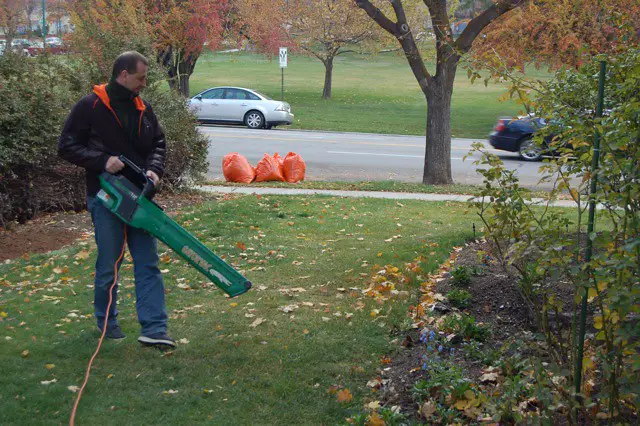
Lawn maintenance equipment like mowers, trimmers, and leaf blowers can be noisy, and running them at the wrong time can disrupt your neighbors’ peace. Early-morning mowing sessions or late-evening leaf blowing is not only inconsiderate but may also violate local noise ordinances, leading to complaints or fines.
According to Angi, the best time for lawn care is mid-morning or early evening when noise is less likely to disturb neighbors. Always check local regulations regarding permitted hours for lawn equipment use and consider investing in quieter, battery-powered tools to minimize disruption. Respecting your neighbors’ comfort is just as important as maintaining your property.
